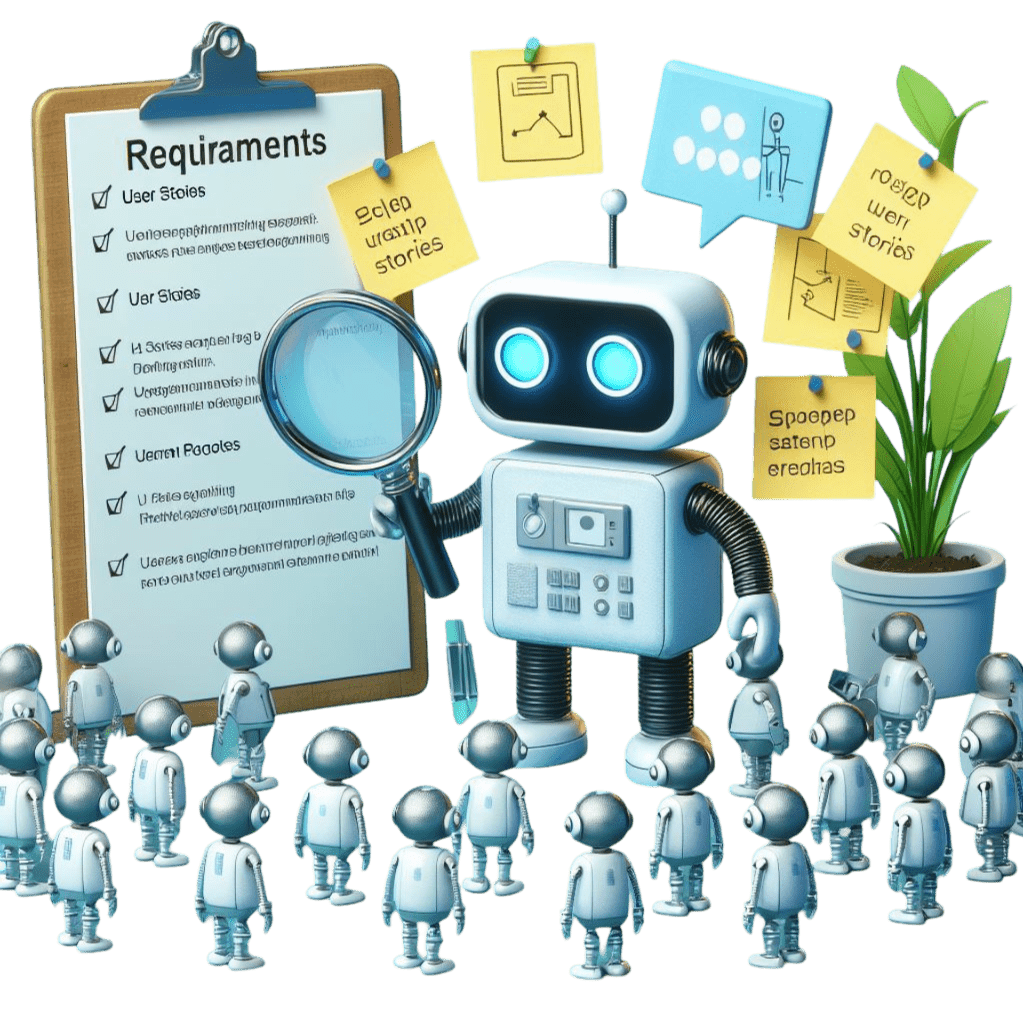
How to Gather Requirements Effectively
August 09, 2024A Guide for Successful Projects
Gathering requirements is a crucial step in any project, whether you’re developing software, building a product, or implementing a new process. Effective requirement gathering ensures that you and your stakeholders are on the same page, reducing the risk of misunderstandings, scope creep, and rework. In this blog post, we’ll explore strategies and best practices for gathering requirements effectively.
1. Understand the Project ContextBefore diving into requirement gathering, it’s essential to have a clear understanding of the project’s context. This includes the project’s objectives, stakeholders, constraints, and potential risks. By knowing the big picture, you can align your requirement-gathering process with the project’s overall goals and ensure that the requirements you collect are relevant and feasible.
Key Steps:- Identify Stakeholders: Determine who will be impacted by the project and who has decision-making authority.
- Clarify Objectives: Understand the primary goals of the project from both a business and technical perspective.
- Assess Constraints: Be aware of any budget, timeline, or resource limitations that may influence the project’s scope.
2. Engage with Stakeholders Early and Often
Stakeholders are the key source of requirements, so it’s essential to engage with them early in the process and maintain regular communication throughout the project. Each stakeholder may have different needs, priorities, and perspectives, so it’s important to gather input from a diverse group.
Key Steps:- Conduct Interviews: One-on-one interviews allow you to dive deep into each stakeholder’s specific needs and concerns.
- Facilitate Workshops: Workshops can bring stakeholders together to collaboratively define requirements and prioritise them.
- Use Surveys and Questionnaires: For larger groups of stakeholders, surveys can be an efficient way to gather input on specific questions or options.
3. Document Requirements Clearly
Once you’ve gathered input from stakeholders, the next step is to document the requirements in a clear, structured, and unambiguous manner. Well-documented requirements are easier to communicate, review, and validate.
Key Steps:- Use Standard Formats: Consider using user stories, use cases, or functional specifications depending on the project’s nature.
- Define Acceptance Criteria: Each requirement should have clear acceptance criteria that describe how the requirement will be validated.
- Prioritise Requirements: Not all requirements are equally important. Work with stakeholders to prioritise them based on their impact and urgency.
4. Validate and Review Requirements
After documenting the requirements, it’s crucial to validate them with stakeholders to ensure that they accurately reflect their needs and expectations. This step helps to catch any misunderstandings or gaps before development begins.
Key Steps:- Conduct Review Sessions: Schedule regular review sessions with stakeholders to walk through the documented requirements.
- Iterate on Feedback: Be prepared to revise and refine requirements based on stakeholder feedback.
- Ensure Alignment: Confirm that the requirements align with the project’s objectives and constraints.
5. Manage Changes to Requirements
Requirements may evolve as the project progresses, so it’s important to have a process in place to manage changes. Uncontrolled changes can lead to scope creep, missed deadlines, and budget overruns.
Key Steps:- Implement Change Control: Establish a formal process for requesting, reviewing, and approving changes to requirements.
- Communicate Changes: Keep all stakeholders informed of any changes to the requirements and how they will impact the project.
- Update Documentation: Ensure that all changes are reflected in the requirements documentation and shared with the team.
6. Use Tools and Techniques
There are various tools and techniques available to help with requirement gathering and management. These can improve efficiency, collaboration, and accuracy.
Key Steps:- Requirement Management Tools: Tools like JIRA, Confluence, or Trello can help you track, prioritise, and document requirements.
- Mind Mapping: Mind maps can be useful for brainstorming and organising requirements in a visual way.
- Prototyping: Creating prototypes or wireframes can help stakeholders visualise requirements and provide more accurate feedback.
Conclusion
Effective requirement gathering is the foundation of a successful project. By understanding the project context, engaging with stakeholders, documenting requirements clearly, and managing changes, you can ensure that your project is aligned with stakeholders’ needs and goals. Remember, clear communication and collaboration are key to avoiding misunderstandings and delivering a successful outcome.
By following these best practices, you’ll be well on your way to gathering requirements that lead to a successful and well-executed project.